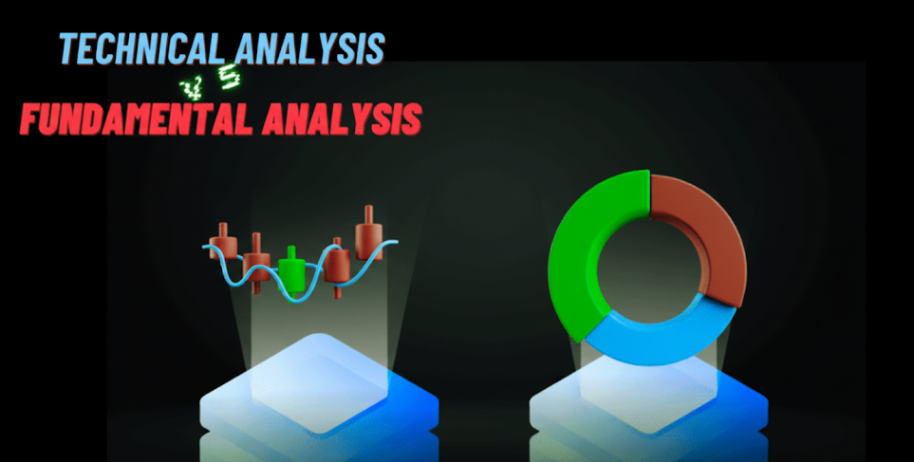Comparison between Technical and Fundamental Analysis in Trading
Introduction :

In the world of trading, two main approaches are commonly used: fundamental analysis and technical analysis. These approaches aim to evaluate investment opportunities by examining different data and utilizing distinct methods. In this article, we will explore the principles, methods, and differences between these two approaches, with a focus on their application in trading.
Fundamental analysis : Assessing intrinsic value

Fundamental analysis is based on the idea that the true value of a financial asset can be determined by evaluating economic, financial, and business factors. Traders employing this approach study company financial statements, macroeconomic conditions, sector reports, and other relevant information to assess the health and intrinsic value of an asset.
In their research, fundamental analysts examine revenues, profits, financial ratios such as price-to-earnings (P/E) ratio, price-to-book (P/B) ratio, as well as growth forecasts of the company. They also evaluate economic factors such as interest rates, inflation, government policies, and market trends.
Technical Analysis : studying past price movements

In contrast to fundamental analysis, technical analysis focuses on studying past price movements and chart patterns to forecast future price movements. Technical traders use tools such as moving averages, oscillators, trend lines, and candlestick patterns to identify patterns and trends on charts.
Technical analysis is based on the idea that patterns of investor behavior repeat, allowing for the anticipation of future price movements. Technical traders seek to identify support and resistance levels, trend reversal points, and buy or sell signals generated by technical indicators.
Comparison of Approaches

Fundamental analysis and technical analysis differ in their methods and sources of information. While fundamental analysis focuses on economic and financial factors, technical analysis relies primarily on historical price data.
Fundamental analysis is often used to evaluate long-term investments, identifying undervalued stocks or opportunities in promising sectors. It requires in-depth analysis of financial, economic, and business information, as well as an understanding of the fundamental aspects of companies.
On the other hand, technical analysis is often used for short-term trading, searching for buy or sell signals based on past price patterns. Technical traders are less concerned with the fundamental aspects of companies and focus more on chart analysis and technical indicators.
Conclusion
In conclusion, fundamental analysis and technical analysis represent two distinct approaches in the field of trading. Fundamental analysis focuses on assessing the intrinsic value of an asset by examining economic and financial factors, while technical analysis relies on the study of past price movements to predict future ones.
Traders can choose to use either approach or even combine them, depending on their investment goals, time horizon, and trading style. The key is to understand the principles and differences between these approaches to make informed decisions when investing in financial markets.


